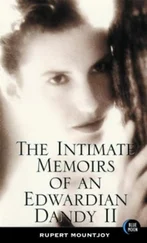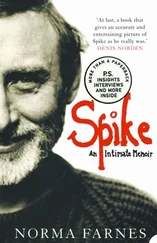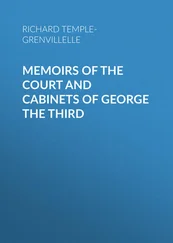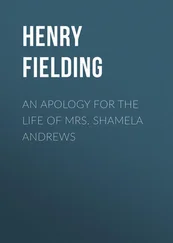There was a ten-and-a-half-hour time difference between India and Washington, D.C.—I had never heard of time zones in half hour increments but so it was in India—so when it was daytime in Washington, it was nighttime in New Delhi. Later that night I called SAIC Jerry Behn, while Gordon worked the frequency. Unfortunately, the shortwave radiophone connection was terrible—not by any fault of Gordon’s; it was just that international telecommunications at that time were still rather primitive. There were echoes and delays and often we would just get cut off completely. With all the stops and starts, I didn’t get to bed that night until after 3:00 A.M.
So that became my routine. Early evenings at Ambassador Galbraith’s residence, followed by a midnight call to Washington that usually lasted two or more hours, catch a few hours sleep, up at dawn to work logistics, meet with Indian security officials and political representatives. Then report back to the ambassador’s residence and start the cycle again.
I would get the ambassador to remove two stops from the schedule, and then he’d come back the next day with one more. It was two steps forward and one step back. The White House staff was the source of another major problem—they kept changing Mrs. Kennedy’s departure date.
Frustration reigned on all sides and it was a bit like I was in the middle of a diplomatic game of tug-of-war. Just when it seemed the trip might not happen at all, President Kennedy called Ambassador Galbraith himself. I don’t know what was said, but after the phone call, the ambassador rather sheepishly accepted everything I had proposed and the schedule was finally set. What had started as a seventeen-day itinerary in India alone, had been successfully whittled down to nine days.
There wasn’t a cloud in the sky as Mrs. Kennedy stepped off the plane at the New Delhi airport on Monday, March 12, 1962. Dressed in a bright pink silk coat and matching hat, she looked absolutely stunning. The crowd of three thousand people that were standing behind fence lines on the tarmac broke into a welcoming roar.
A group of about twenty press people had accompanied Mrs. Kennedy and her sister Lee on the flight, including Frances Lewine from the Associated Press, Sander Vanocur from NBC, Marjorie Hunter from the New York Times, and Barbara Walters from NBC’s Today show. They were eager for comments from Mrs. Kennedy, but she largely ignored them.
Prime Minister Jawaharlal Nehru and his daughter, Indira Gandhi, together with Ambassador Galbraith and an array of government officials were there to greet her and as she went down the receiving line, I could tell by the enthusiastic smile on her face that she was truly excited to be here. After greeting her hosts, she looked around and saw me. Our eyes connected and she mouthed, “Hi, Mr. Hill,” before carrying on with her hosts.
Agent Jim Jeffries had accompanied her from New York, along with another agent from the New York Field Office. As the Special Agent in Charge, Jeffries would be with her throughout the trip, while I would continue supervising the other agents conducting the advances throughout India and Pakistan. At least that was the original plan.
MORE THAN ONE hundred thousand people lined the roadway as we proceeded by motorcade into central New Delhi. I couldn’t believe it. Mrs. Kennedy and Lee sat in the back of a convertible Mercedes sedan, provided by the Indian government, with Agent Jeffries in the front seat, while I rode in the follow-up car. Snake charmers, men on the backs of camels, bullock carts and their drivers, all lined the route waving and shouting, “Jackie! Jackie! Welcome Mrs. Kennedy!”
I had seen this kind of reception in Paris and South America, but on those trips she had been with the president. Here, all of these people had come out just for her.
We took her to the guesthouse arranged by the U.S. Embassy, where she had a short time to relax. Her first official visit was with President Rajendra Prasad at his 350-room presidential mansion, the Rashtrapati Bhavan. As it turned out, President Prasad had just addressed Parliament and as was the custom, would be traveling in a grand procession filled with pomp and circumstance from Parliament back to his mansion. Upon arrival at the airport, Prime Minister Nehru had mentioned this to Mrs. Kennedy and suggested that she might like to see the parade prior to her meeting with Prasad.
She of course loved the idea. Agent Jeffries immediately tried to squash the improvised plan because it hadn’t been advanced.
“Let her do it, Jim,” I urged my supervisor. “We’ll get her in a safe position and make sure she’s covered.”
I had told Mrs. Kennedy the first time I met her that our job was to allow her to do the things she wanted to do, and keep her safe at the same time.
Jeffries acquiesced and we got her to a viewing platform where she could watch. The seventy-seven-year-old president arrived riding in an open, horse-drawn carriage surrounded by spear-carrying horse-mounted bodyguards in scarlet tunics and high turbans. It was like a scene out of a movie and Mrs. Kennedy loved it. She really enjoyed pageantry of this sort—people in traditional costumes, showcasing their country’s history and civilization. Like her husband, Mrs. Kennedy was a history buff, and this seemed to bring history to life. She couldn’t thank Nehru enough for suggesting it.
After a brief formal meeting with the president, our entire entourage of Indian security officials, dignitaries, an army of press, and our small contingent of Secret Service agents headed to Old Delhi to the site where Mohandas K. Gandhi had been cremated, after his brutal assassination in 1948. Hundreds of women and children, all dressed in bright colors, lined the gravel path that led to the tomb, and they applauded as Mrs. Kennedy walked past.
Prior to her trip, Mrs. Kennedy had studied the history of India and Pakistan so that she would be knowledgeable in her discussions with the country’s leaders. She was well aware of Gandhi’s significance to the country, and how his life had ended so suddenly, at the hands of a lone gunman, just fourteen years earlier. I remember how she so carefully took the wreath of white roses someone handed to her and gently placed it on Gandhi’s simple tomb. And then she stood there, silently, in prayer, for a full minute of respectful contemplation.
THE NEXT COUPLE of days were nonstop: lavish luncheons and dinners interspersed with cultural tours and poignant visits to children’s hospitals, and a ceremony in which she presented to Indira Gandhi a portable American classroom equipped with art materials, known as the “Children’s Carnival of Art.”
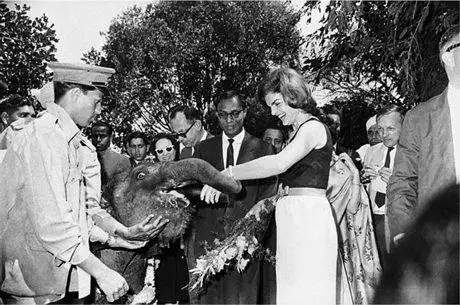
Everywhere we went Mrs. Kennedy caused a sensation. At one point, a baby elephant was paraded in front of her and she asked, “May I touch him?”
Agent Jeffries said, “No, Mrs. Kennedy that’s not a good idea,” at the same time the elephant’s handler said, “Yes, it’s fine.”
Mrs. Kennedy reached right over to touch its trunk, and the little elephant reacted as if it were being tickled, wrapping its stubble-covered trunk around her hand. She was laughing hysterically—she just loved animals—while Jeffries looked like he was about ready to physically remove her from the situation.
He wasn’t much happier when Mrs. Kennedy showed up in full riding attire—jodhpurs, boots, blazer, and helmet—to go riding at the exercise grounds of the President’s Bodyguard. The President’s Bodyguard is the elite cavalry regiment of the Indian army, and they had magnificent horses and exquisite training grounds. Mrs. Kennedy was in her element as they brought out a mare named Princess for her to ride around the beautiful jumping course. I had no worries at all as I watched her expertly take the jumps, her eyes shining, and a look of sheer exhilaration on her face. I had convinced Ambassador Galbraith to arrange this respite in the itinerary for her, and she loved it.
Читать дальше



